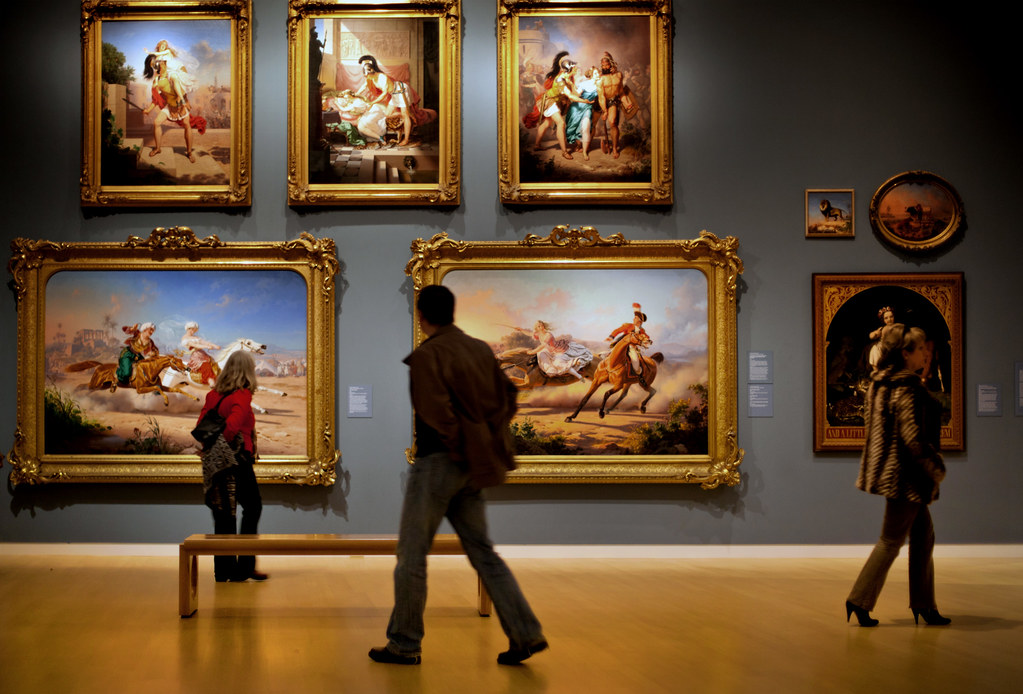Met Gala 2022 theme “Gilded Glamour,” was much inspired by New York’s Gilded Age, when self-indulgence and grandiosity was much prevalent, especially in fashion. The Upper-class wore bowl hats and jewel-toned gowns crafted with luxurious fabrics like linen, silk, velvet and satin.
The Gilded Age was the period in American history between 1870 and 1900 when the country witnessed a significant technological and industrial revolution. Entrepreneurs were able to monopolize their line of business in the steel, petroleum and transportation industries.
Mark Twain’s The Gilded Age (1873), written in collaboration with Charles Dudley Warner, best depicts this era. Literature of the time was a subtle commentary on the social and political state of the country. Authors criticized the growing power of business and government corruption while also capturing the magnificence of the era. Here are a few novels outlining the jollies and gloom of the Gilded Age:
-
When the Astors Owned New York – Justin Kaplan
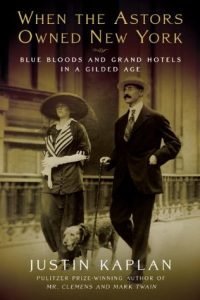
The novel tells the tale of one New York aristocrat who built one of the biggest hotels in Manhattan today. Kaplan writes about the Astors who built the Waldorf-Astoria on lower Fifth Avenue in the 1890s’. The hotel was a happening place for the rich, the richer, and the richest. One of the most notorious social events of the era – a costume extravaganza during a time of widespread need and unemployment, was hosted at the Waldorf-Astoria.
Hailing from the small German village of Waldorf, the story follows the family’s journey to the top of America’s elites. The novel is not only biographical but exposes some of the family’s most talked about scandals and internal conflicts.
2. The Age of Innocence – Edith Warton
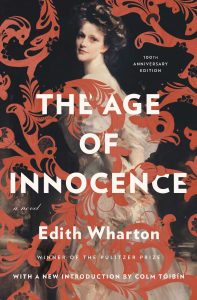
One of the most renowned female authors of the era, Pulitzer-winner Edith Warton writes about a time in Old New York when society “dreaded scandal more than a disease.” Eligible bachelor Newland Archer prepares to marry “innocent” May Welland until he encounters Countess Ellen Olenska who returns to New York after a failed marriage. Warton attaches equal dimensions to both Archer and Olenska who are stuck in a love affair much to the disapproval of their family. Despite the riches and the freedom, both characters are torn between abiding by social duties and following a moral code of conduct, and seeking love. The novel also paints an accurate picture of the Gilded Age with all the riches, the glamour, and the hypocrisy.
3. The Fifth Avenue Artists Society – Joy Callaway
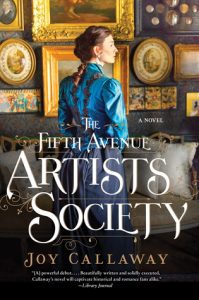
This Little Women-esque novel revolves around four artistic sisters on the outskirts of Gilded Age New York high society. In 1981, the Bronx, Virginia Loftin dreams of becoming a celebrated novelist, and to marry Charlie, her best friend, neighbor and first love. When Charlie proposes to another affluent woman, she is devastated, and obsessively rewrites how their story should have gone. After obtaining some success, she meets John in his Fifth Avenue mansion. Amongst other artists, Ginny finds herself. As she navigates New York’s elite society in the dazzling “Gay Nineties” scene, she stumbles upon distraught when she finds a close friend dead in the same mansion.
4. The Beautiful and Damned – F. Scott Fitzgerald
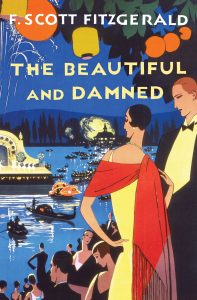
The novel revolves around the downfall of Harvard-educated, aspiring aesthete Anthony Patch and his beautiful wife, Gloria whose marriage turns reckless while awaiting their grandfather’s inheritance. Anthony claims to be a writer but does very little to prove his aptitude. Instead, he blows his money on luxury while waiting for the millions bequeathed upon him. He spends most of his time chasing after people he considers wealthy.
These characters are vain, conceited and snobbish. Fitzgerald reflects on the nouveau riche, the New York nightlife, overindulgence and overambition. The novel, which remains a relevant social critique to day, is equipped with critical perspectives and a unique visual essay composed of period photographs.
5. Empty Mansions – Bill Dedman and Paul Clark Newell, Jr.
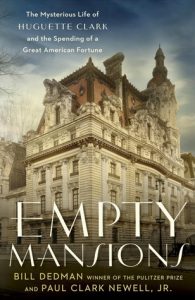
Pulitzer Prize–winning journalist Bill Dedman pens about a grand mansion unoccupied for nearly sixty years. Upon finding this house on sale in 2009, he discovers a portal into American history. The novel explores the Gilded Age extravagance of the nineteenth century with a twenty-first-century battle over a $300 million inheritance.
The novel is the story of multi-millionaire heiress Huguette Clark. Despite owning palatial homes in California, New York, and Connecticut, she lived for twenty years in a simple hospital room, despite being healthy enough.
Dedman documents the life of Huguette, the daughter of self-made copper industrialist W. A. Clark. She devoted her wealth to buying gifts for friends and strangers alike while quietly pursuing her career in art and guarding her privacy. Empty Mansions follows the last jewel of the Gilded Age who lived life on her own terms.


